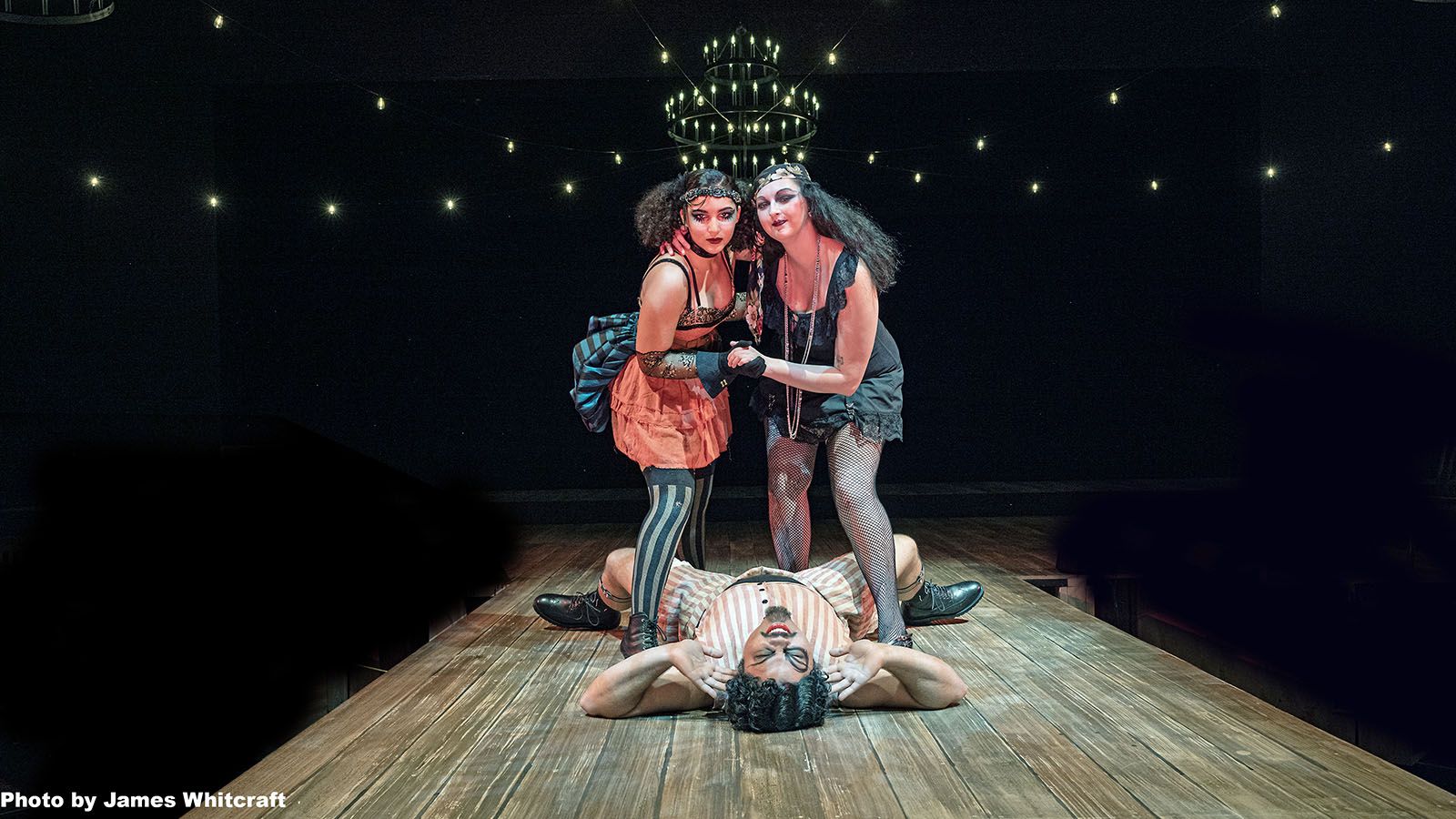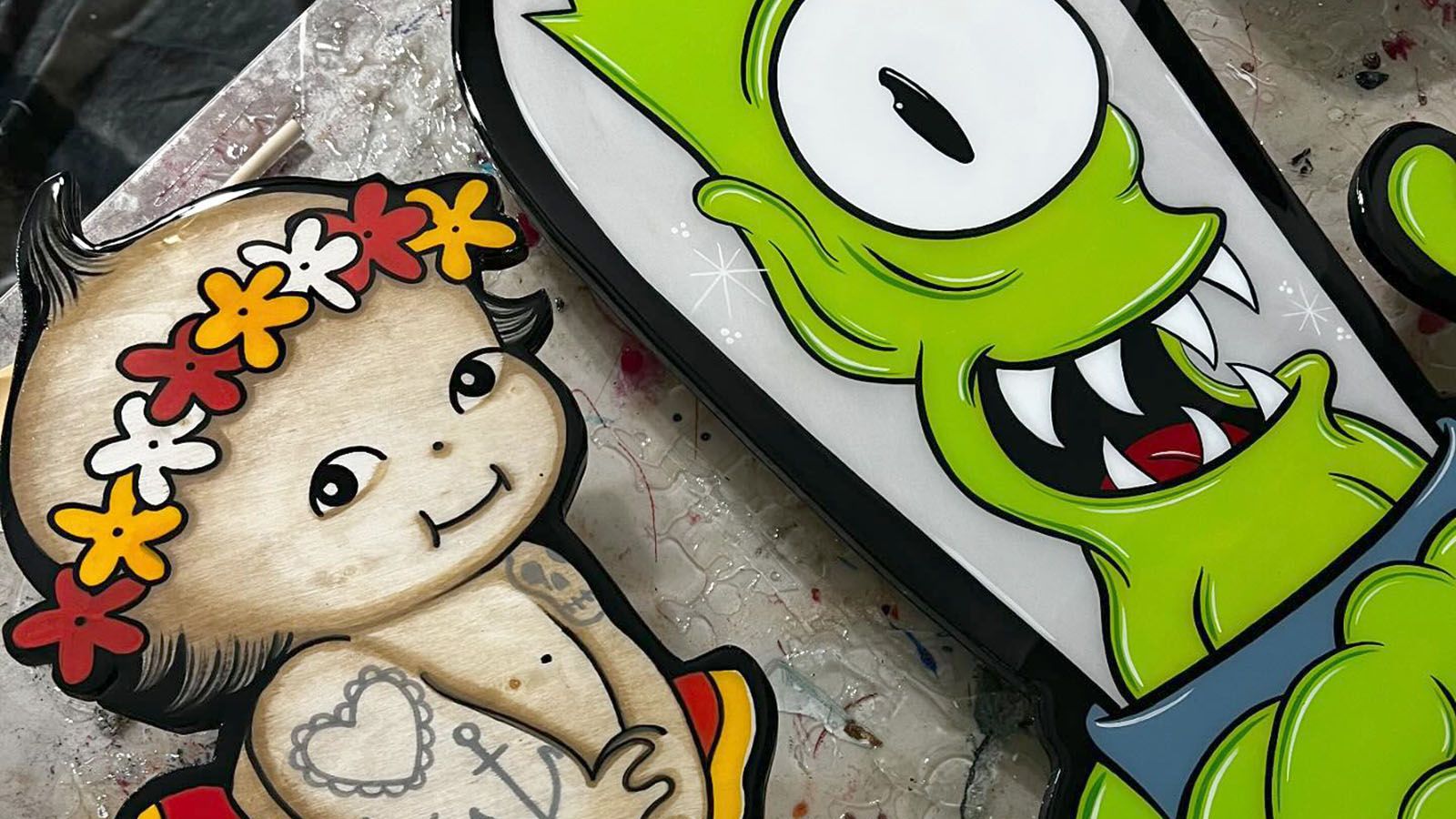Inside the Kit Kat Club, it’s a celebration of song, dance, and creativity. Outside the club, there’s a sense of uncertainty as the Nazi party begins to take root.
The dichotomy of 1929 Berlin will be showcased when Purdue University Fort Wayne presents the R-rated Cabaret in Williams Theatre beginning Friday, Nov. 15.
“I’ve wanted to direct this show for a long time,” said director Julie Lyn Barber, who is also assistant professor of musical theatre and acting at the university. “I’ve been in it a few times, always as a Kit Kat girl, so I was really excited to get the chance to put it on.
“I think (the story) is always relevant, unfortunately. You can always find someone interested in oppression of others. So, fighting against it constantly is a real worthwhile message.”
‘Cabaret’
PFW Department of Theatre
8 p.m. Friday-Saturday, Nov. 15-16
2 p.m. Sunday, Nov. 17
8 p.m. Thursday-Saturday, Nov. 21-23
PFW Williams Theatre
2101 Coliseum Blvd. E., Fort Wayne
$5-$20 · (260) 481-6555
Building on a story
The story of Cabaret begins with Christopher Isherwood’s 1939 novel Goodbye to Berlin.
The semi-autobiographical novel centers on Clifford Bradshaw, a British expatriate who is spending time in Berlin amid the ascension of Adolf Hitler. While Bradshaw notices poverty in the streets, he also spends considerable time in nightclubs. It’s here that he discovers the Kit Kat Club and Sally Bowles, who is based on Isherwood’s 19-year-old cabaret dancing friend, Jean Ross.
That book spawned the 1951 play I Am a Camera, which inspired Cabaret, written by Joe Masteroff with John Kander and Fred Ebb supplying the music.
Premiering in 1966, the musical was nominated for 11 Tonys, winning eight, including Best Musical, Best Score, and Best Choreography.
Just a few years later, the musical was portrayed on the big screen with director Bob Fosse and starring Liza Minnelli and Michael York, winning eight Oscars.
There have been nine revivals, the latest coming this year, with the PFW production coming from the 1998 revival due to its smaller cast.
Filling a role
To fill out that cast, Barber and PFW welcomed more than students to audition.
“We have some really great community members as well,” Barber said. “We have open casting, anyone who wanted to could come to auditions. We had a really great turnout. So, cast in the show, we have some theater majors, some theater minors, also some PFW students with other majors, as well as some community members who are not students.”
When it came to casting Bowles, Barber liked what she saw in Michaela Mooney.
“She really brought some personality to the audition,” Barber said. “Everyone had to choose from some pre-selected songs, and she really made some strong choices that were hers and not some impersonation of some other Sallys. She has a great voice.”
Other notables include Julie Donnell as Fräulein Schneider, Gary Lanier (Herr Schultz), Isaac Derbyshire (Clifford Bradshaw), Grace Ludlow (Fräulein Kost), and Jackson McKinney as the all-knowing Emcee.
“Different versions of this show can take the Emcee in different perspectives,” Barber said of the Master of Ceremonies. “With Jackson McKinney, who is a great singer/dancer/actor, we’ve approached it from the role of artist. He’s always kind of a mystery. So, our Emcee, is always kind of a driving force in the club, trying to keep life as beautiful as he can, as long as possible.”
Behind the scenes
Along with the talent on stage, there’s plenty behind the scenes, which consist of a stage manager (Gabriel Reed), costume designer (Austin M. Rausch), lighting designer (Mark Ridgeway), and musical director (Holly Knott).
There are also choreographers, which Barber is doubling as alongside Brittney Coughlin, as well as a fight choreographer in John O’Connell, the dean of PFW’s College of Visual & Performing Arts.
“We have fighting and we also have intimacy, so I’ve choreographed the intimacy,” Barber said of the production. “There’s great sound design. The set is amazing.
“And the costumes are really beautiful and unique to our individual characters. We tried to think of them as individuals living in this post-war era and really transform the space into something that it feels like these Kit Kat performers put together and are living and working in.”
Along with her directing duties, Barber feels her role as co-choreographer is also vital to the story.
“So much of the choreography is part of the storytelling,” she said. “The whole concept of Cabaret as a style of musical theater was born out of kind of political satire. The way the dances are a part of the commentary, they can be more movement-oriented than even dance.”
Always relevant story
The beautiful designs help tell a story that, like plays often do, seem to always be timely.
“It gives us a way to deal with difficult subjects,” she said of productions like Cabaret. “Someone once told me that actor’s job is to poeticize life’s difficult moments and kind of present them in a way that we are able to deal with and discuss them. It never seems like there’s a wrong time to do the show.
“It’s interesting because it’s 1929 when this show starts, so we haven’t really seen the rise of the Nazi party yet — that comes a few years after our story. So, it’s interesting to see how they have no idea what’s coming. We can look back and say, ‘Oh why didn’t they do something?’, but we have no idea what’s going to happen three years from now.
“The play is so well-built that it gives you so many people to identify with. So, there’s one saying, ‘You have to do something. We have to go. We have to leave.’ Then, there’s another saying, ‘This is ridiculous. I’m a German, I don’t think like that.’ Then other people just trying to avoid it by not reading the paper.”
 Submit Your Event
Submit Your Event




